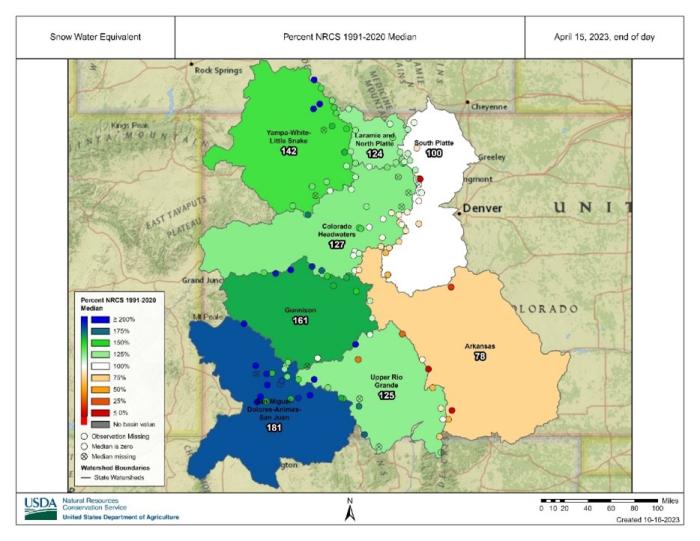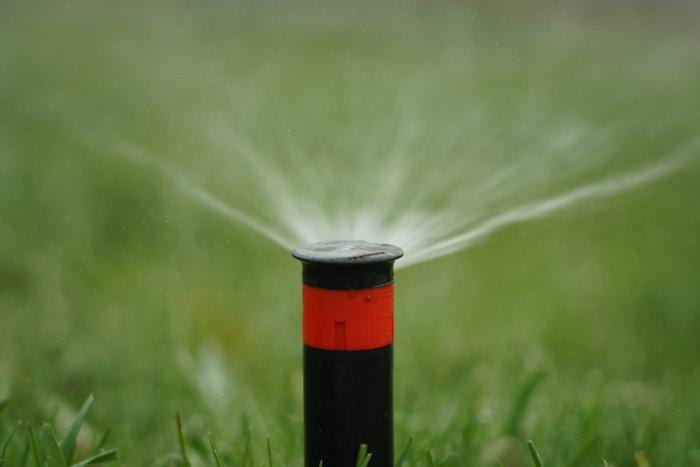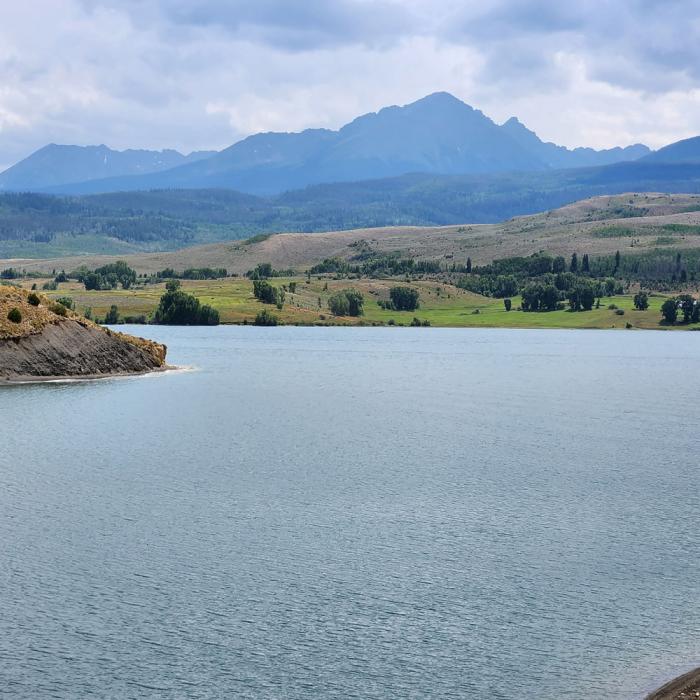A super soaker of a Water Year
Water Year 2023 brought a big surprise for Denver Water ― and it wasn’t the monster snowpack so much of the state was talking about.
In fact, snowpack within Denver Water’s collection system ― which falls within small sections of the Colorado and South Platte river basins highlighted in the map below ― was actually a tick below average, even as some river basins across the state posted big above-average tallies boosted by zones of eye-popping snowfall.
No, for Denver Water the story of the 12-month “Water Year,” spanning Oct. 1 to Sept. 30, was the story of a very wet summer. Among the wettest recorded over the last century and a half.
Looking back on the just-completed water year, the span hydrologists use to track water trends, Denver Water watched relentless rainfall in the Denver region drive water demand down to lows not seen in 50 years in June and also to usage across the entire outdoor watering season that was below the five-year average? from the first week in May through the end of September.
Meteorologists pegged it as the seventh-wettest summer among the records dating back to 1872.
And it changed everything for Denver Water’s operations.
Know a water geek? Forward this to a friend! (And have them subscribe to TAP!)
“What had been shaping up as a ho-hum, grade C water year shifted very quickly,” said Nathan Elder, manager of water supply for the utility.
In short, he said, the summer rain that kicked off in early May killed the demand for lawn watering. That, in turn, had a cascading effect on water supplies.
A big credit goes to Denver Water’s customers.
The utility serves 1.5 million people, and thanks goes to many conscientious home and business owners turning off their irrigation systems when Mother Nature was providing the water. Responsible water use, then, was one key factor.
Record rainfall and responsible customers allowed Denver Water, in turn, to shut off flows through its major transmountain tunnels, the Roberts and Moffat tunnels, which left more water on the West Slope.
Both tunnels remained closed for several weeks in late spring and early summer, a rare occurrence.
The extra water was a boost to West Slope streams and recreation.
At Dillon Reservoir, Denver Water far exceeded its goals to hit and maintain an operational reservoir elevation for boat marinas, hitting that elevation mark (with the water surface clocking in at 9,012 feet above sea level or higher) two weeks early — and extending it two weeks past Labor Day.
The summer rain was so robust, it was enough to overcome below-average streamflows in two river systems critical to Denver Water: the Blue and the South Platte.
Join people with a passion for water at denverwater.org/Careers.
That’s because the rainfall in the Denver area not only curbed residential demand, but the extra rain also flowed into an engorged South Platte River, satisfying the needs of the “senior” water rights holders downstream.
Since farmers downstream of Denver had all the water they needed due to the rain, they didn’t need to invoke their older, senior water rights — which would have required Denver Water to release water down the river to satisfy those senior rights. Instead, Denver Water could keep the water stored in mountain reservoirs.
In fact, rainfall patterns created a “free river” on the South Platte for a rare, 60-day stretch. That means there was so much water flowing that anyone who has a right to water in the river could divert as much as they wanted from it.
With no one downstream “calling” for water from upstream, the 2023 water year closed with reservoir levels in great shape heading into snow season, Elder said. In short, water could stay in storage as there was not much need for it downriver.
In fact, spring runoff and a drop in demand brought water levels in Dillon, Cheesman and Williams Fork reservoirs so high that all three “filled and spilled,” sending water downstream to boost flows for fish, rafters and farmers. Chatfield Reservoir, where Denver Water also stores water, also hit a new high water mark.
Elder estimates thoughtful customers cut their use by about 19,000 acre-feet across the watering season (May 1-Sept. 30). That’s about as much water as fills Marston Reservoir in southwest Denver or, to use a familiar comparison, 9,300 Olympic-sized swimming pools.
It’s a lot of water.
All these factors also translate to higher reservoir levels headed into snow season, with Denver Water’s system at 90% full, compared to an average of 88% full.
“That means it will be easier to fill the reservoirs again next spring and summer, something we always hope for,” Elder said.
“It’s also helpful should we see a below average snowpack. Good years like this one can help us through tough ones that will come.”




